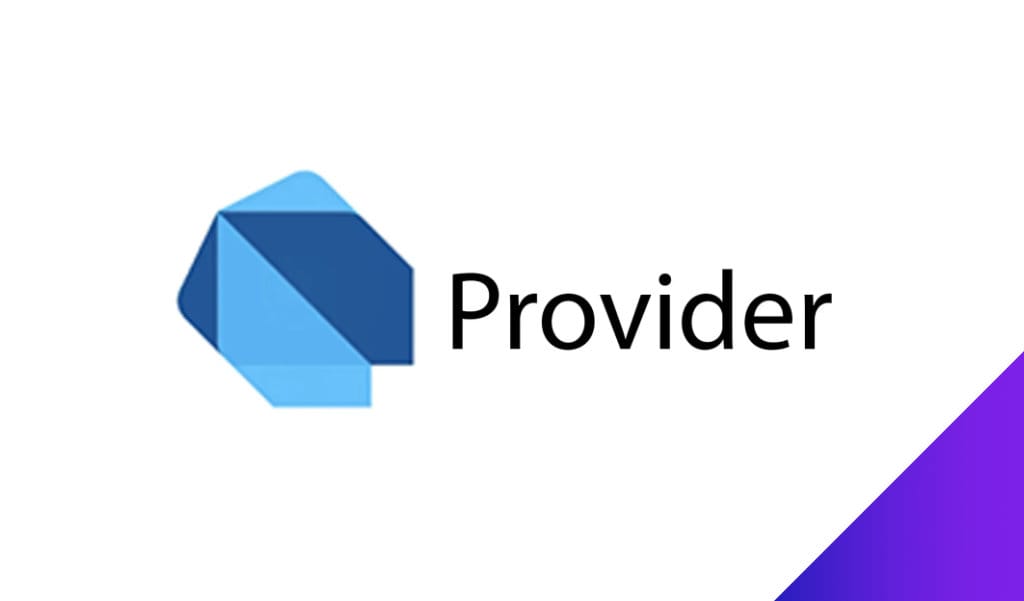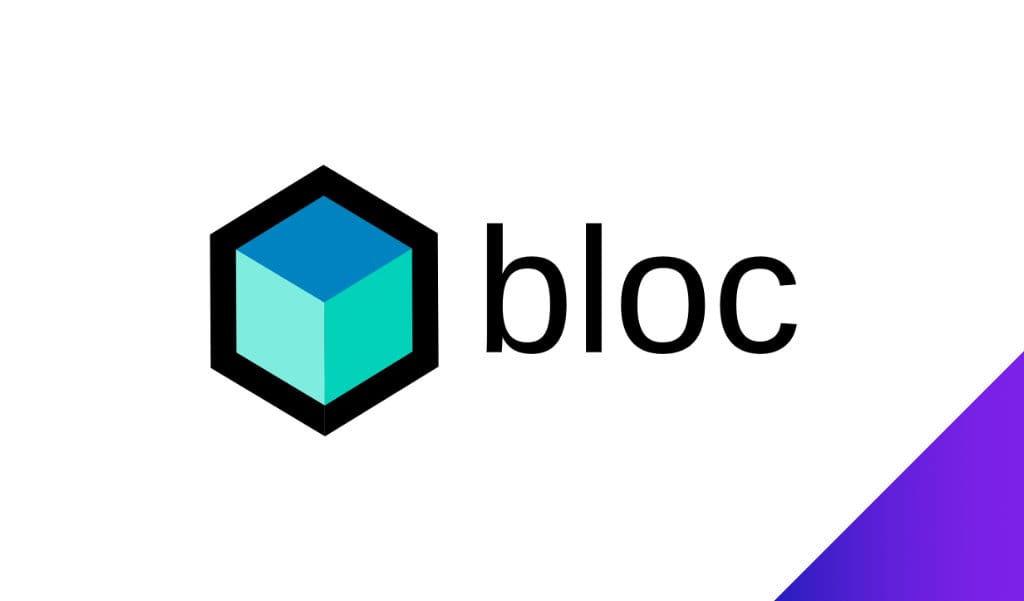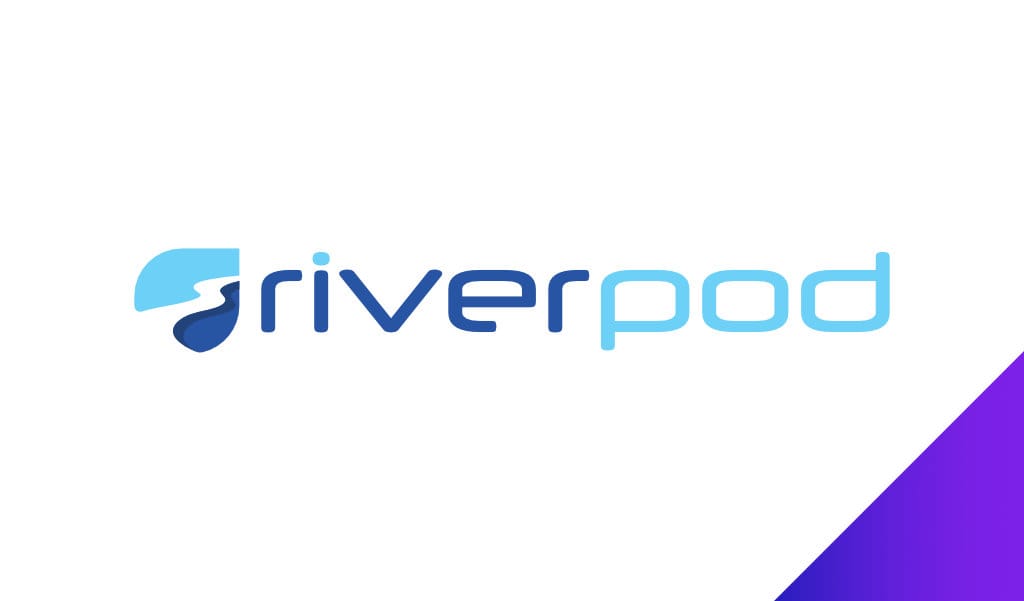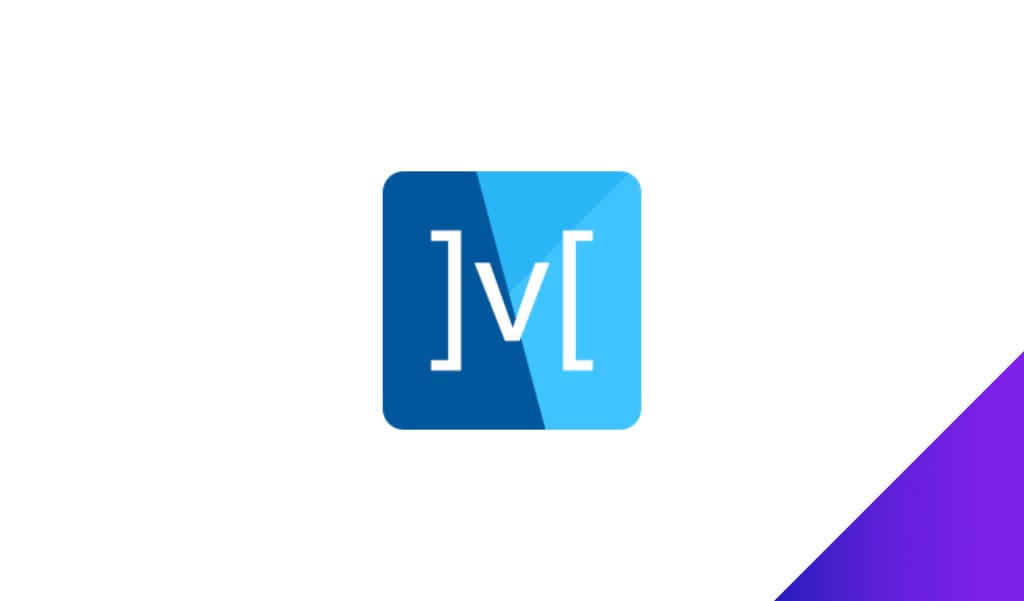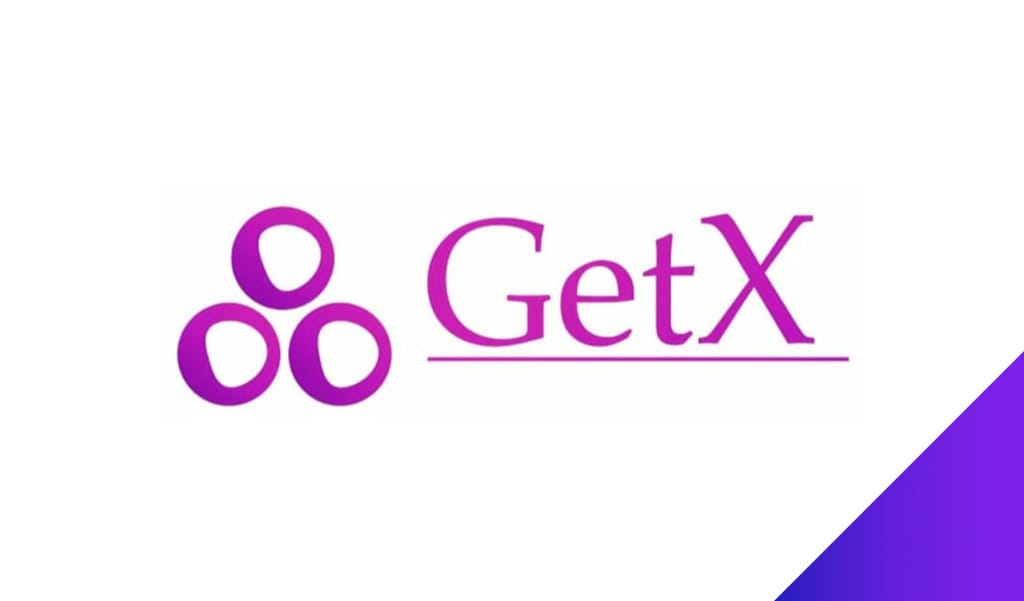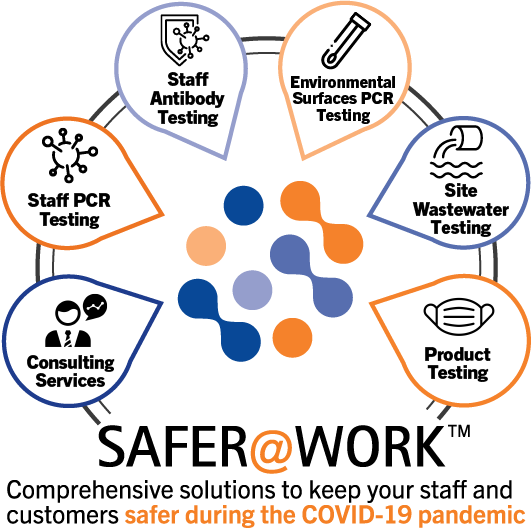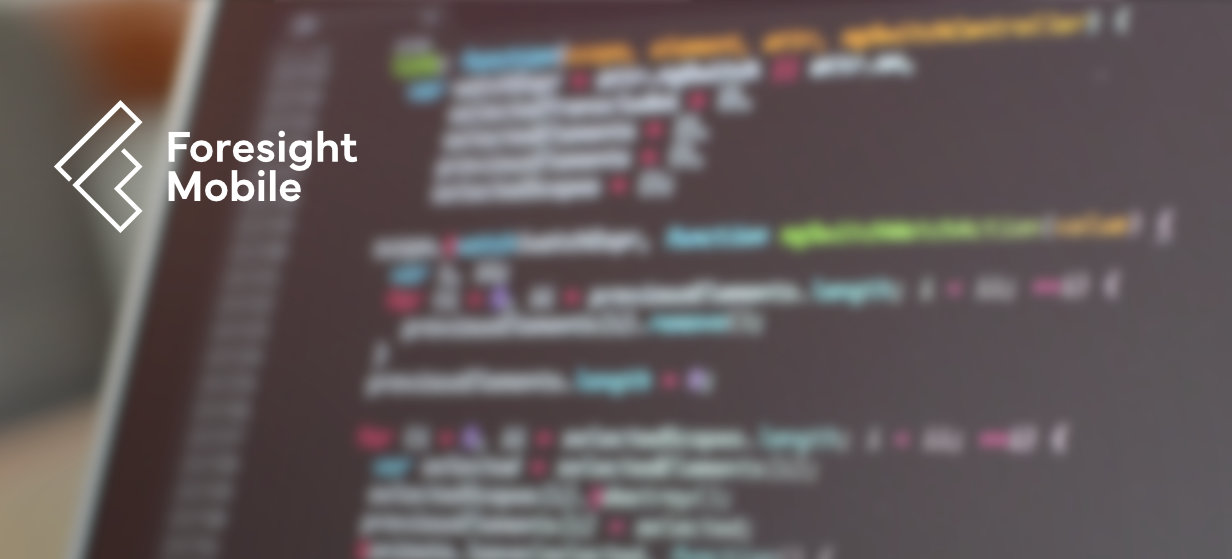
What’s the Best State Management Library for Flutter in 2025?
2024 was a transformative year for the Flutterverse. You may have read our blog on Flutter vs React, but in 2025 with evolving state management, trends and groundbreaking updates to popular libraries the state management landscape is richer than ever before. It offers developers a diverse array of options tailored to projects of all scales and complexities. This updated guide revisits the core principles and showcases the latest trends to help you choose the ideal state management library for your next Flutter project.
Clean Architecture for a Smooth Ride: Why Separation Still Matters
The principle of separation of concerns continues to be a cornerstone of Flutter development. This approach, which involves decoupling business logic from the presentation layer, has only grown in importance as applications become more complex and feature rich.
Why Separation Still Matters
● Improved Readability: Clean architecture ensures that your codebase remains well-organised and easy to navigate. By isolating logic from UI components, you reduce cognitive load for developers, making it easier to onboard new team members and debug issues.
● Enhanced Testability: When business logic is independent of the UI, it becomes straightforward to write unit tests. This not only ensures that your app functions as intended but also simplifies regression testing.
● Future-Proof Flexibility: Decoupling allows you to modify the UI or backend logic independently, providing the adaptability needed to integrate new features or overhaul existing components without disrupting the entire app.
Modern Tools for Separation of Concerns
As Flutter matured, so did the tools that help developers implement clean architecture. Today’s state management libraries streamline the process of creating maintainable, testable, and scalable apps. They do this by:
● Facilitating Stateless UI Development: Libraries promote a reactive UI model where widgets render dynamically based on state changes, allowing developers to focus on what the user sees without worrying about how data is managed.
● Simplifying State Sharing: Modern solutions enable seamless state sharing across the widget tree, reducing boilerplate code while maintaining clear data flow.
Let’s explore the most popular state management options in 2025 and how they’ve evolved to meet developers' needs.
Provider: A Dependable Foundation for State Management
What is Provider?
Flutter Provider remains a trusted state management solution, widely appreciated for its simplicity and versatility. It continues to be an excellent choice for small to medium-sized applications and serves as a solid introduction to state management concepts for Flutter developers.
How It Works
Provider revolves around the concept of inherited widgets, making it efficient for sharing state across the widget tree. With its declarative approach, widgets rebuild only when necessary.
Benefits
● Ease of Use: With minimal setup and boilerplate, developers can quickly get started.
● Flexibility: Works well with other architectures, such as MVVM or Clean Architecture.
● Efficiency: Fine-grained widget rebuilds ensure optimal performance.
● Extensibility: Easily integrates with more advanced libraries like Riverpod for hybrid solutions.
● Mature Ecosystem: A large developer community and extensive documentation make troubleshooting easier.
What are the new benefits of Flutter Provider in 2025?
Provider has received some improvements and better integrations with modern Flutter paradigms:
● Enhanced Performance: Optimisations in the Consumer widget reduce unnecessary rebuilds, especially in deeply nested widget trees.
● Improved Type Safety: Full compatibility with Dart's null safety ensures cleaner, more robust code.
● Scoped Integration: Updates allow better interoperability with frameworks like Riverpod, enabling hybrid use cases.
● Diagnostic Enhancements: Debugging is now more intuitive with detailed logs about state changes and widget rebuilds.
Conclusion
While newer tools like Riverpod may offer advanced features, Provider’s simplicity, reliability, and integration with Flutter’s ecosystem make it a fantastic choice for beginners and smaller projects.
BLoC: Streamlining Business Logic Components
What is BLoC?
In 2025, BLoC (Business Logic Component) will remain popular for complex Flutter state and business logic. Its robust structure and reactive programming (Streams) suit large-scale projects. The library continues to evolve, enhancing usability and developer experience.
How It Works
BLoC relies on the core principle of reactive programming, using Streams to manage the flow of data and interactions.
Events: Represent user interactions or triggers that initiate changes in state.
States: Define the output of the BLoC, reflecting the current state of the application.
BLoC: Acts as the mediator, processing incoming events and emitting new states based on business logic.
Developers use the BlocProvider to make BLoCs accessible throughout the widget tree. Widgets can subscribe to state updates with BlocBuilder or listen for state changes using BlocListener.
Benefits
●Scalability: Handles complex and large-scale state management seamlessly.
● Stream-Based Programming: Encourages reactive programming, improving code predictability.
● Strict Separation of Concerns: Ensures business logic is completely decoupled from the UI layer.
● Tooling Support: Excellent integration with Bloc DevTools for debugging and visualisation.
●.Community and Resources: Backed by an active community and extensive documentation.
What are the new benefits of BLoC in 2025?
BLoC has seen several updates to make it more developer-friendly and aligned with modern Flutter practices:
● Code Generation Tools: Improved support for code generators, reducing boilerplate for events and states.
● Declarative API Enhancements: Introduction of bloc.emit() for more intuitive state transitions while maintaining Stream-based principles.
● Improved DevTools Integration: Expanded debugging capabilities to visualise state transitions and event processing in real-time.
● Optimised Performance: Advanced lazy-loading mechanisms minimise resource usage for unused states.
● Simplified Testing: A revamped testing API allows seamless integration with modern testing frameworks.
Conclusion
BLoC remains a top choice for complex Flutter state management. 2025 updates cut boilerplate and boost developer experience, keeping BLoC powerful for modern Flutter apps.
Riverpod: The Modern, Flexible Solution
What is Riverpod?
Riverpod continues to dominate the Flutter state management landscape in 2025 as a highly flexible and modern solution. Built by the same developer behind Provider, Riverpod addresses Provider's limitations with a more robust and intuitive approach. Its declarative nature and compile-time safety make it a favourite among developers seeking a balance between simplicity and power.
How It Works
Riverpod's declarative approach offers flexible, scalable state management. Providers handle various use cases, from simple state to asynchronous operations and dependencies. The ref object enables seamless provider interaction. Riverpod's global access and dependency resolution simplify integration into any size application.
Benefits
● Compile-Time Safety: Detects errors during compilation, reducing runtime issues.
● Flexibility: Supports diverse use cases, from basic state management to complex workflows.
● Dependency Management: Built-in resolution of dependencies simplifies handling interconnected states.
● Performance Optimisation: Ensures efficient rebuilds and memory management with features like AutoDispose.
● Developer Experience: Intuitive syntax, excellent tooling, and a strong community make Riverpod highly accessible.
What are the new benefits of Riverpod in 2025?
Riverpod has introduced several enhancements to cater to modern Flutter development needs:
● Code Generation with Generics: Streamlined creation of providers, reducing boilerplate while ensuring strong type safety.
● AutoDispose Enhancements: Smarter behaviors for resource optimisation, automatically detecting when providers should be disposed of.
● Async Providers: Improved support for asynchronous operations with built-in retry mechanisms and error handling.
● DevTools Integration: Enhanced developer tools, including a timeline view for provider state changes and debugging.
● Stateful Dependencies: Better support for managing complex dependencies between providers, making state logic composition even easier.
Conclusion
Riverpod remains a leading Flutter state management library. 2025 updates improve developer experience, maintaining its top status. Its compile-time safety, intuitive API, and robust features offer unmatched flexibility for all skill levels.
MobX: Reactive State Management for Flutter
What is MobX?
MobX, inspired by the reactive programming paradigm, remains a favoured choice for Flutter developers who value simplicity and reactivity. Known for its observable-based approach, MobX empowers developers to manage state with intuitive, declarative patterns. In 2025, MobX continues to cater to projects where automatic updates and fine-grained control over reactivity are essential.
How It Works
MobX operates on the principle of observables, actions, and reactions:
●Observables: Represent state values that the UI reacts to.
● Actions: Define state-modifying logic in a structured way.
● Reactions: Automatically trigger updates to the UI or other computed values when observables change.
With minimal boilerplate, developers can focus on creating expressive and highly reactive user interfaces. The Store acts as the central state container, housing observables and actions. Computed properties provide derived state, ensuring optimal reactivity and performance.
Benefits
● Intuitive Reactivity: Automatically updates the UI when the state changes.
● Minimal Boilerplate: Simple and clean syntax reduces cognitive overhead.
● Granular Control: Fine-grained reactivity ensures efficient performance by avoiding unnecessary rebuilds.
● Cross-Platform: MobX works seamlessly across Flutter and Dart applications.
● Debugging Tools: Integrated DevTools simplify debugging by visualising state and tracking changes.
What are the new benefits of Mobx in 2025?
MobX has introduced key improvements to enhance its usability and integration with modern Flutter projects:
● Improved Async Handling: Enhanced support for asynchronous actions with better error handling and native Dart Future integration.
●Optimised Reactivity Engine: Performance boosts with smarter dependency tracking and lower memory usage.
● Expanded DevTools: Advanced debugging capabilities, including time-travel debugging and detailed state change history.
● Declarative Store Setup: Simplified store creation with a more functional API, reducing setup complexity.
●Enhanced Flutter Widgets: New widgets tailored for reactive rendering and state-specific optimisations.
Conclusion
MobX remains a strong choice for reactive, easy-to-use Flutter state management. 2025 updates reinforce its lightweight yet powerful nature, ideal for smooth UI updates. It continues to be a reliable tool, evolving with modern trends while staying true to its reactive roots.
GetX: Lightweight and Powerful State Management for Flutter
What is GetX?
GetX has consistently been one of the most popular state management solutions in the Flutter ecosystem. With its "batteries-included" approach, it not only manages state but also provides navigation and dependency injection in a single package. In 2025, GetX continues to attract developers who value simplicity, performance, and a streamlined development experience.
How It Works
GetX simplifies state management by leveraging three core principles:
● State Management: Uses reactive observables (Rx types) to track and react to state changes with minimal boilerplate.
● Dependency Injection: Provides a simple and efficient dependency injection mechanism through the Get.put and Get.find methods.
● Navigation: Manages navigation without requiring BuildContext, making routing cleaner and more efficient.
Developers can wrap widgets with Obx for reactivity, manage dependencies effortlessly, and navigate screens without relying on Flutter's built-in Navigator..
Benefits
● All-in-One Solution: Combines state management, routing, and dependency injection in a single package.
● Minimal Boilerplate: Simplifies development with concise syntax and intuitive APIs.
●Performance-Optimised: Uses a reactive approach to rebuild only the widgets that need updates.
● Context-Free Navigation: Eliminates the need for BuildContext in navigation, reducing complexity.
● Small Learning Curve: Easy to learn and quick to implement, making it ideal for developers of all skill levels.
What are the new benefits GetX in 2025?
GetX continues to evolve with the Flutter community, adding new features and optimisations in 2025:
● Improved State Synchronisation: Enhancements in state syncing between different widgets and services, ensuring more predictable behaviours.
● Scoped Dependency Injection: Introduced scope-aware dependency management to reduce memory leaks and improve lifecycle control.
● Performance Optimisations: The reactivity engine has been overhauled for faster updates and lower resource consumption.
● Integrated Theming Support: Native theming APIs now allow for seamless dynamic theme changes across the app.
● Advanced Error Handling: Better error reporting and debugging tools integrated directly into the framework.
● Enhanced Navigation API: Support for advanced use cases like nested navigation and dynamic route parameters.
Conclusion
GetX remains a top Flutter state management choice, offering unmatched simplicity and versatility. 2025 updates keep it modern, making it ideal for developers seeking a high-performance, no-fuss solution. GetX provides the tools to effortlessly manage state, dependencies, and navigation for any project size.
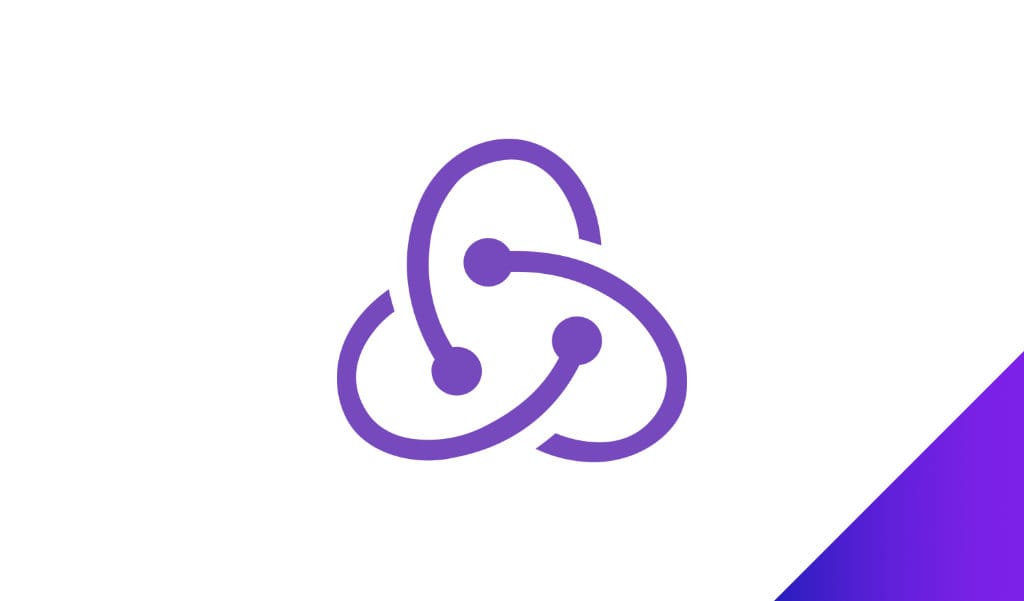
Redux Toolkit for Flutter: A New Contender for 2025
Why use Redux Toolkit?
Redux Toolkit has long been a staple in the React ecosystem, prized for its ability to manage complex states with clarity and structure. In 2025, its principles and strengths have been adapted for Flutter, bringing a robust, standardised, and scalable solution to the Flutter development community. For developers seeking predictable state management in large-scale or enterprise-grade applications, Redux Toolkit offers a compelling new option.
How It Works
Redux Toolkit simplifies Redux’s traditional complexity by introducing an intuitive API for defining reducers, actions, and middleware. By automating much of the boilerplate code, it lowers the barriers to entry while preserving Redux's core concepts of immutability, unidirectional data flow, and centralised state management.
● Reducers: Created using concise APIs like createSlice, which bundles reducers and actions in a single, manageable structure.
● Middleware: Supports custom middleware for handling asynchronous operations.
● Integration: Leverages Provider or similar libraries for integration into Flutter widgets.
Benefits
● Consistency: Provides a clear and predictable flow for state updates, making it easier to reason about application behaviour.
● Debugging: Offers powerful tools like Redux DevTools for tracking and debugging state changes, including time-travel debugging.
● Standardisation: Encourages best practices with a clear structure for state and action definitions, reducing inconsistencies in the codebase.
● Scalability: Handles large-scale applications with complex state flows efficiently, making it well-suited for enterprise-grade projects.
What are the new features in Redux Toolkit?
As Redux Toolkit makes its debut in the Flutter ecosystem, there are several new features tailored to Flutter developers:
● Flutter-Specific APIs: Introduced streamlined integration with Flutter widgets, reducing setup complexity.
● Optimised Performance: Improved performance for state updates in widget trees, minimising unnecessary rebuilds.
● Better Async Handling: New utilities for managing asynchronous state transitions with less effort.
● Enhanced Documentation: Flutter-specific guides and examples to help developers get started quickly.
● Seamless Debugging: Built-in compatibility with Redux DevTools for Flutter applications, empowering developers to debug with precision.
Conclusion
Redux Toolkit for Flutter offers streamlined tools for complex projects or those familiar with Redux. It stands out as an excellent option for developers working on complex, large-scale projects or those familiar with Redux principles from other platforms. Its structure, predictability, and debugging tools make it a strong 2025 contender.
Final Thoughts:
Flutter's diverse state management ecosystem offers solutions for every need. Choose the package that best aligns with your project and team. This wealth of options empowers developers to build exceptional, scalable apps.
If you’d like to find out more about Flutter or any of our other industry news, take a look at the Foresight mobile blog. If you have any more questions, don’t hesitate to contact us today.
